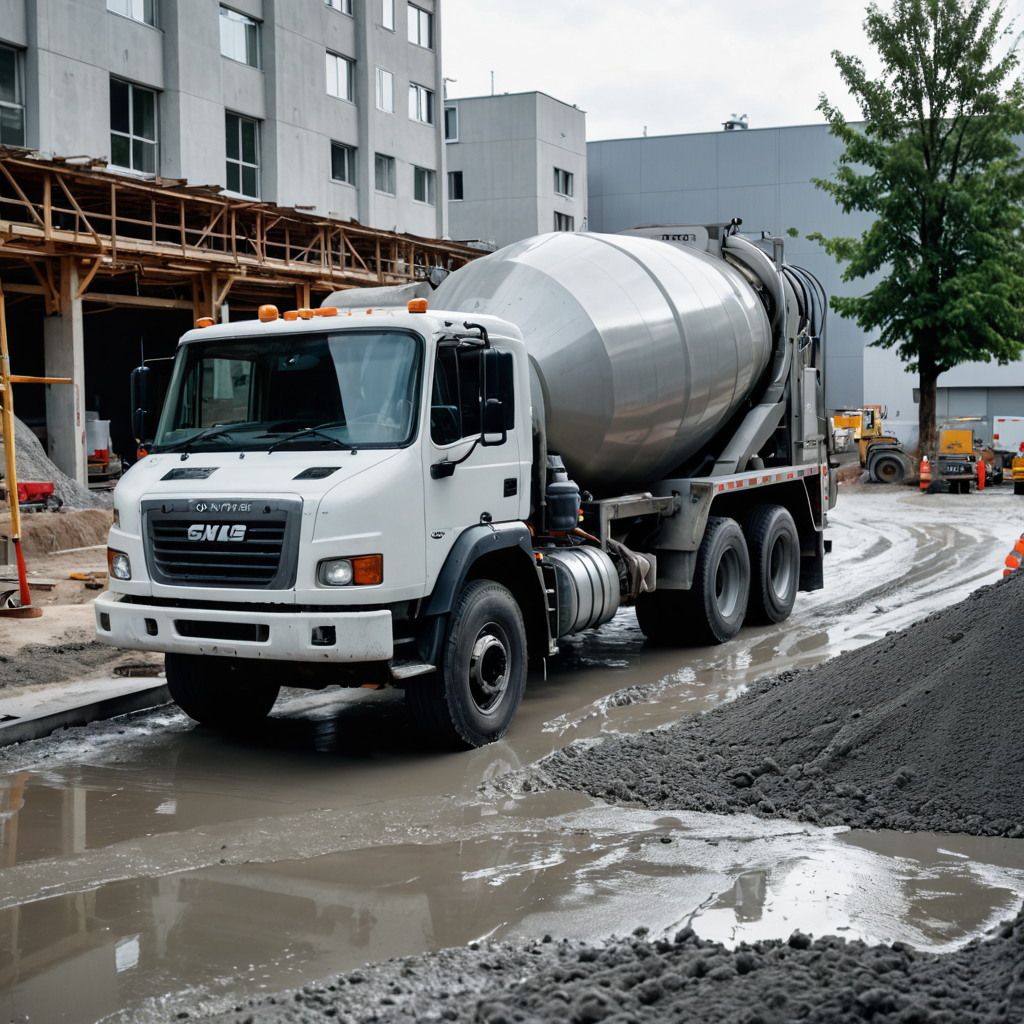
The foundation of a home is one of the most critical components of its structure, providing stability, support, and protection against the elements. There are several types of home foundations, each with unique characteristics, construction methods, and suitability for different soil conditions and building requirements. In this article, we will explore the different types of home foundations commonly used in residential construction to help homeowners, builders, and buyers understand the importance of a solid foundation for a safe and durable home.
- Slab-on-Grade Foundation: – A slab-on-grade foundation is a simple and cost-effective type of foundation where a concrete slab is poured directly on the ground. This type of foundation is common in areas with stable soil conditions and mild climates. Slab foundations are popular for single-story homes and provide a level surface for flooring, easy maintenance, and energy efficiency.
- Crawlspace Foundation: – A crawlspace foundation consists of a raised foundation with a space (crawlspace) between the ground and the bottom of the home. Crawlspace foundations are common in regions with high water tables, termite issues, or cold climates. The crawlspace allows for access to plumbing, electrical, and HVAC systems while providing ventilation and insulation benefits.
- Basement Foundation: – A basement foundation involves excavating a portion of the ground to create a below-grade level that serves as additional living space or storage. Basements are popular in colder climates for providing extra square footage, protection against frost, and shelter during severe weather. Basements can be finished for living areas or left unfinished for storage and utilities.
- Pier and Beam Foundation: – A pier and beam foundation consists of concrete or wooden piers supporting beams that elevate the home above the ground. This type of foundation is common in areas with expansive clay soils, flood-prone regions, or uneven terrain. Pier and beam foundations allow for ventilation, access to utilities, and flexibility for leveling adjustments.
- Concrete Block Foundation: – A concrete block foundation is constructed using concrete blocks stacked and reinforced with steel rods and mortar. This type of foundation is durable, fire-resistant, and suitable for areas with high wind loads or seismic activity. Concrete block foundations provide strength, stability, and resistance to moisture and pests.
- Pile Foundation: – A pile foundation involves driving long, slender piles deep into the ground to support the weight of the structure. Pile foundations are used in areas with weak soil conditions, high water tables, or seismic risks. Pile foundations distribute the load of the building over a larger area, reducing the risk of settlement or structural damage.
- Raft Foundation: – A raft foundation, also known as a mat foundation, is a large concrete slab that extends under the entire footprint of the building. Raft foundations are used in areas with poor soil conditions, high water tables, or heavy loads. Raft foundations provide uniform support, minimize settlement, and distribute loads evenly across the structure.
Choosing the right type of foundation for your home depends on factors such as soil conditions, climate, building design, budget, and local building codes. By understanding the characteristics and considerations of different types of home foundations, homeowners and builders can make informed decisions to ensure a strong, stable, and durable foundation for their homes. Remember that a solid foundation is the cornerstone of a safe and secure home, providing peace of mind and long-term value for years to come.
Cedar Hill St. Louis Jefferson County Olivette Kirkwood Ballwin Arnold Franklin County St Charles County Fenton High Ridge Dittmer Creve Coeur
